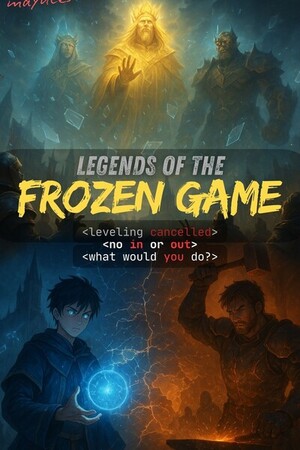Chapter 0:
Prologue
What The Master Calls A Butterfly
By the year 2350, rampant climate change had rendered more than half of the Earth’s total landmass inhospitable to human life. As a result, more than 99% of humanity perished either by mass deprivation and conflict over what dwindling resources remained. This struggle lasted decades and eventually became known as The Fall. By the year 2400, only a few million humans remained, scattered into pockets across continents, safely cloistered within massive underground and mostly self-sufficient arcologies that had been constructed from before The Fall.
With few resources left available, strict rationing was unavoidable. The rich, by virtue of ownership and the need for their high priority access codes in operating the cities, maintained their position at the top and survived in relative bounty while those that possessed vital knowledge, skills, and expertise earned their way there through merit. These people, these indispensable few, became known as the elites and they lived in comfort and plenty. As for everyone else, they lived in squalor.
Life is hard for a worker when they have to contend with hard work, long hours, heavily overcrowded quarters, meager meals and hunger, sickness, and frequent episodes of violence. In the distant past, they were known as serfs. Indentured servants. Proletarians. The working class. In every age, they have a different name but they all shared the same function: to act as slaves who clothed and fed themselves. For them, for the workers, there was little to do except work and they had even less to enjoy.
Time passed and eventually, the workers rebelled. Not all of them and not all at once – only the workers in the Chicago Arcology rose up but in the wake of its devastation, steps were taken to prevent future uprisings. The first step was to slightly improve the lives of the workers so that they had something to lose and subsequently something to fear. The second step was to prioritize automation to reduce both worker labor demand and dependency. The third and the most important step, was to provide the workers with a distraction so that they would not focus on their misery. To achieve this, a revolutionary technology was introduced to the masses in the form of Deep Dive.
Developed from before The Fall, Deep Dive was originally a palliative treatment intended to provide the sick and infirm a means for their healthy minds to escape the confines of their broken bodies. Through the miracle of bioengineering, Deep Dive was capable of creating a fully immersive virtual reality environment via a neural implant located at the base of the brain stem. The Deep Dive implant operated by accessing the neural pathways of the brain, hijacking, and replacing normal sensory inputs with Deep Dive inputs. Thus, any sensation that a human can feel could be simulated within the Deep Dive environment and be virtually indistinguishable. In other words, Deep Dive provided the means for near perfect escapism.
Over the next 200 years, massive advancements were made in all fields of science with major breakthroughs in areas such as automation, computing, and cybernetics. Automation eventually became so robust that it could reliably take on all the tasks that the worker used to do, rendering the need for human labor obsolete. But even by the mid 27th century, nature had not yet recovered from the harm inflicted by humanity. With the overwhelming majority of the Earth was still an uninhabitable desert and global temperatures not projected to fall for tens of thousands of years, humanity remained trapped within their artificial gardens.
They would not leave again.
All things in this universe are expressions of matter and energy. While life and death may alternate in turn, the world, or rather existence itself, persists. Things change. Forms change. Life is change but the universe endures. When the end came for the dinosaurs, it was not the end of the world so why then would the world not continue when the end came for humanity?




Please sign in to leave a comment.